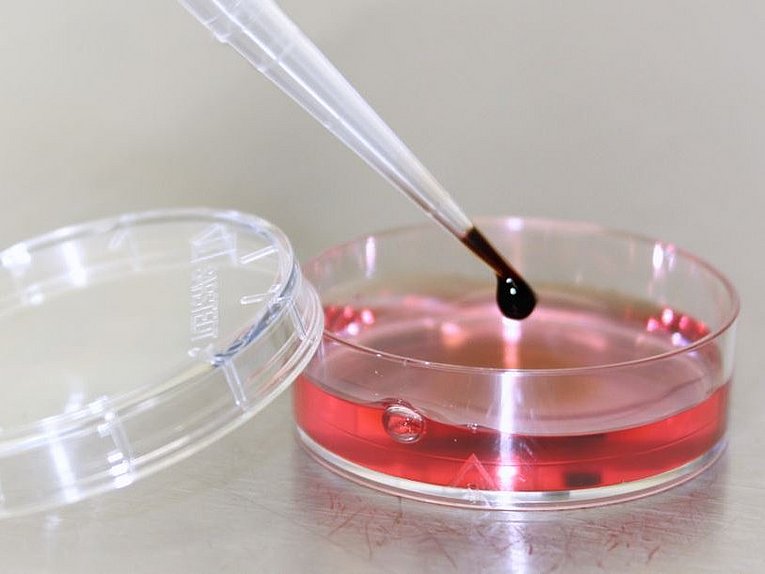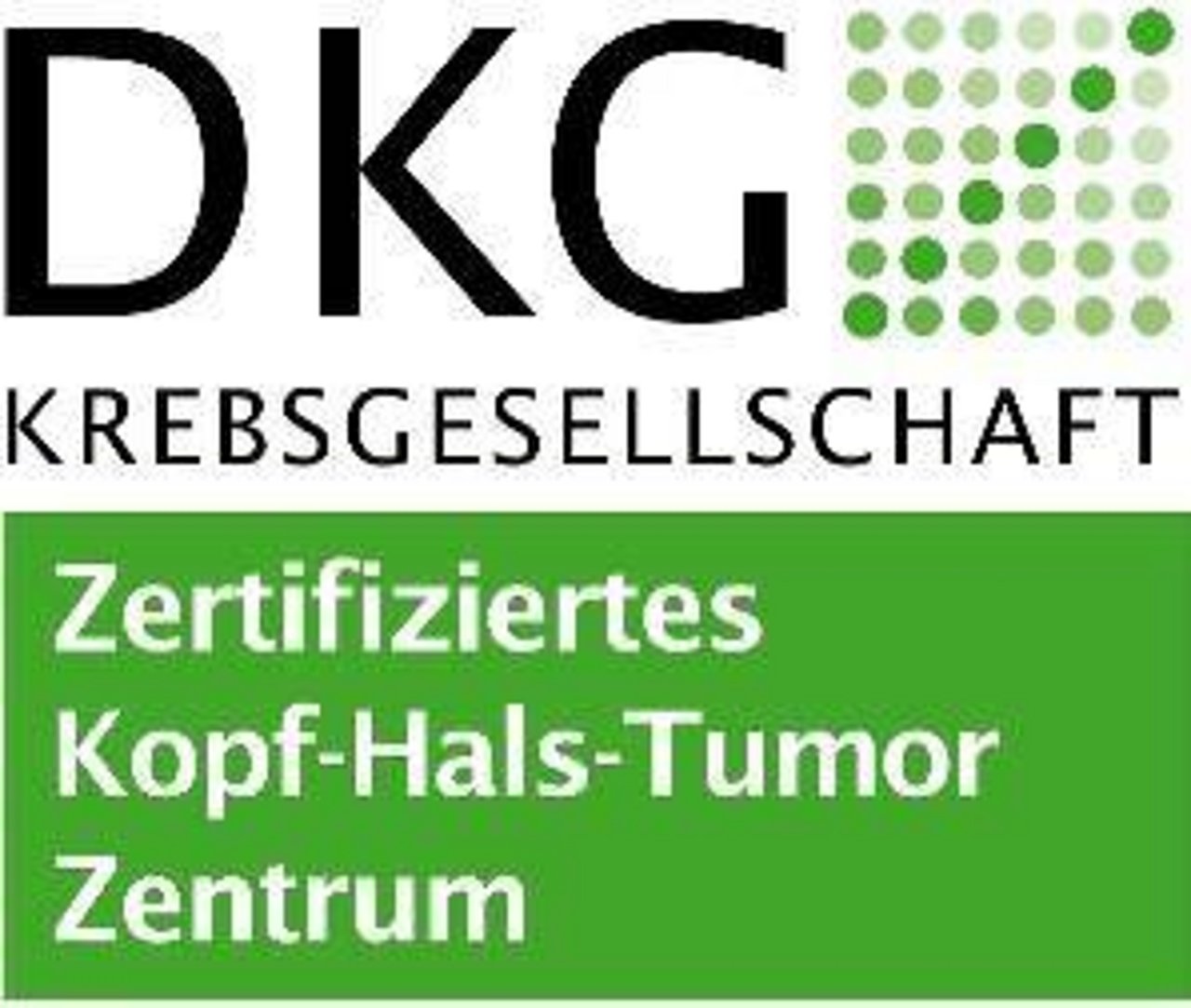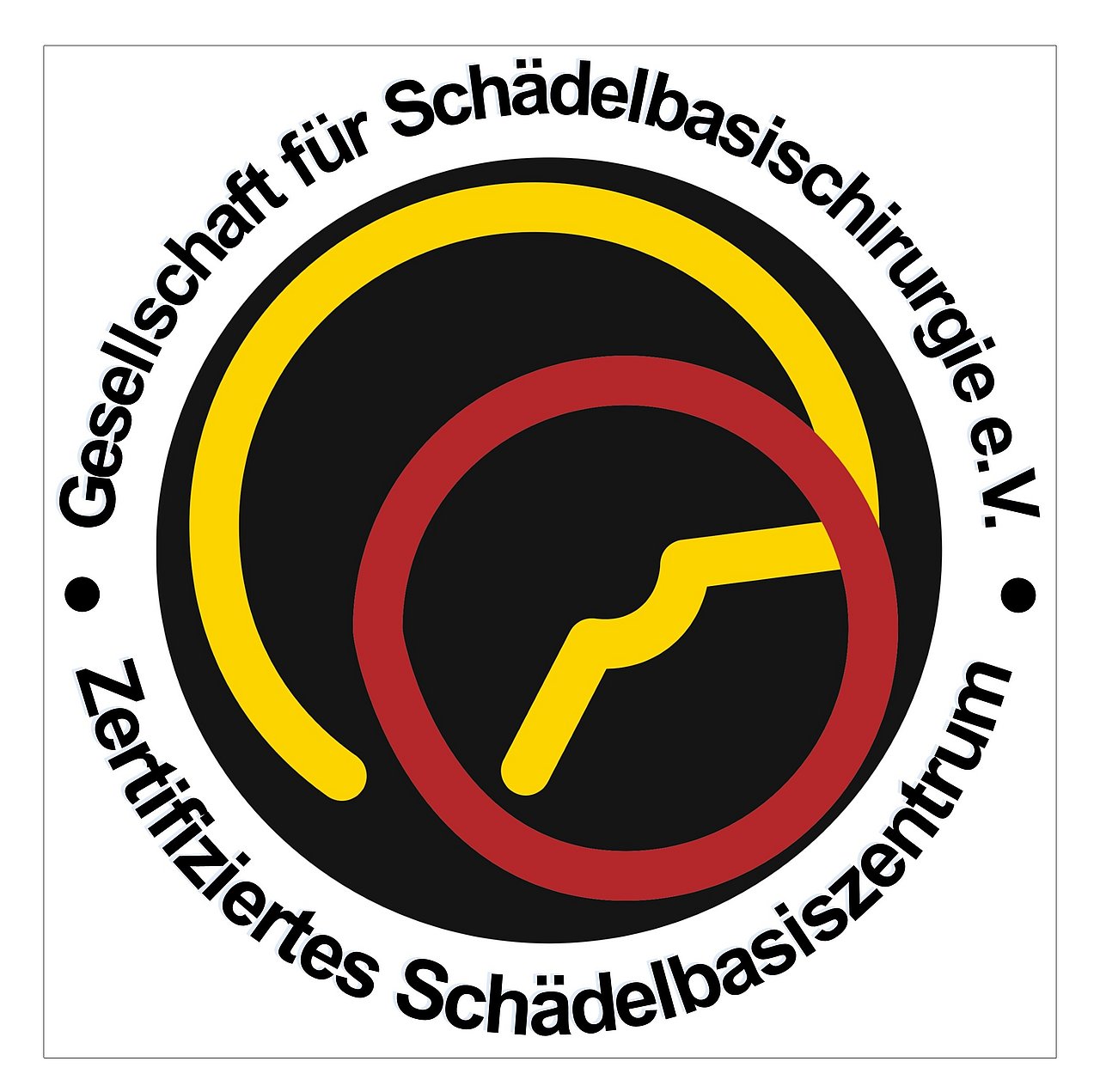To achieve our goal of translating superparamagnetic iron oxide nanoparticles (SPIONs) from the laboratory to the clinic, extensive toxicological studies based on physicochemical characterization of the nanoparticles are an important prerequisite. Because nanoparticles interfere with numerous classical analytical systems, we have devised alternative methods for nanotoxicology. Thus, an extensive battery of tests has been developed over the past years, enabling us to answer numerous questions regarding the biocompatibility of nanoparticles.
Since SPIONs are administered for medical application as transporters for drugs or as contrast agents into the vascular system, the interactions of the particles with components of the human blood system are crucial for their compatibility. In creating standardized test protocols, we are guided, among other things, by the specifications of the global reference center for medical nanoparticles, the Nanotechnology Characterization Laboratory (NCL) in the USA. For example, the interactions of nanoparticles with blood cells such as erythrocytes, leukocytes and platelets as well as soluble components (complement system, coagulation cascade) are investigated ex vivo. In all investigations of nanoparticles, it is of great importance to perform the experiments under conditions that are as relevant and realistic as possible. We try to ensure this by using appropriate models that simulate complex biological environments. Since two-dimensional cell cultures are subject to certain limitations, we conduct comparative studies with 3D cell cultures (for example, tumor spheroids), since here extracellular matrix, diffusion gradients, and higher resistance can significantly affectfl the results. Overall, our toxicological testing tools enable an assessment of particle biocompatibility in realistic exposure scenarios. Using feedback loops to the synthesis unit, we ensure ongoing optimization of particle formulations up to successful translation into the clinic.
SPION-loaded T lymphocytes - a novel immunotherapeutic approach for cancer treatment
Manfred-Roth Foundation, 2021-2023
Project goal
Tumors infiltrated with immune cells such as T cells are termed immunologically "hot" and have a better prognosis for therapy compared to "cold" tumors, with deficient to absent immune cell infiltration. To increase the treatability of cold tumors, we aim to attract and enrich T cells into the tumor using magnetic force. For this purpose, T cells are loaded with SPIONs, as these can be magnetized locally with the help of an external magnetic field. Both in vitro experiments on the effect of SPION loading on T cell functionality and in vivo experiments require the isolation of primary T cells from human or murine blood. For this purpose, an immunoaffinity chromatography-based system is used. In this system, T cell-specific antibodies are bound to a streptactin-agarose column using streptag labeling.
Collaboration partner
Prof. Dr. Diana Dudziak, UK Erlangen
Systematic generation of primary head and neck cancer cell lines and evaluation of the treatment efficacy of drug-loaded iron oxide nanoparticles in comparison to free chemotherapeutics
IZKF Erlangen, 2019-2020
Project goal
The available literature contains numerous studies demonstrating the potential of SPIONs in oncological treatment. However, systematic basic research investigating the effect of different SPIONs on different head and neck cancer cells, as an indispensable prerequisite for future personalized treatment, has yet to be conducted. Therefore, we will start to generate primary head and neck cancer cells derived from excess tissue from patients after surgery. Once the first cell lines are established, we will investigate the cellular uptake and induced effects of specific SPIONs with different physicochemical properties. The most promising SPIONs will then be functionalized with docetaxel, a chemotherapeutic agent belonging to the taxanes and used to treat a variety of cancers, and its efficacy on the generated head and neck cancer cells will be investigated.
Collaboration partner
- Dr. Matthias Balk, UK Erlangen
Targeted induction of immunogenic cell death using drug-loaded nanoparticles for tumor therapy
IZKF Erlangen, 2017-2018
Project goal
Immune activation has a decisive influence on the effect of tumor therapy. For example, the chemotherapeutic agent mitoxantrone (MTO) was shown to work not only by destroying the tumor, but also by inducing immunogenic cell death by "marking" the tumor cells for attack by the immune system. However, conventional chemotherapy uses so much cytostatic drug that the patient's immune system is massively damaged and an immune response can no longer be effectively induced. If mitoxantrone is bound to superparamagnetic iron oxide nanoparticles (SPION), the chemotherapeutic agent can be targeted into the tumor using an external magnetic field (magnetic drug targeting, MDT). Thus, immunogenic cell death is induced directly in the tumor while maintaining immunocompetence. In this project, the ability of nanoparticle-bound mitoxantrone (SPIONMTO) to induce immunogenic cell death will be investigated in vitro. MDT with SPIONMTO could thus be used to specifically break the self-tolerance against the tumor and trigger an effective long-term immune response against the tumor.
Analysis of toxicity mechanisms of environmentally relevant nanoparticles and investigation in complex standardized test systems
BayStMUV Funding, 2015-2017
Project goal
Since nanotechnology offers promising application possibilities in diverse areas, research and education must be carried out to avoid a shift in public sentiment towards nanotechnology towards a negative attitude. In order to uncover possible risks, this project will investigate metal oxide nanoparticles relevant to everyday life with regard to their toxicity and underlying toxicity mechanisms in cell culture and using more complex test systems.
Collaboration partner
- Prof. Dr. Martin Brandt, Walter Schottky Institute, TU Munich
- Prof. Dr. Peter Kurzweil, Ostbayerische TH Amberg-Weiden
- Prof. Dr. Udo Jeschke, LMU Munich
- Dr. Boris Jovanovic, LMU Munich
- Prof. Dr. Bengt Fadeel, Karolinska Institute, Sweden
- Prof. Dr. Jan Mollenhauer, University of Southern Denmark
- Prof. Dr. Urs Häfeli, University of British Columbia, Canada
Development of guidelines for the (immuno)toxicological characterization of medical nanoparticles (NanoImuTox)
BMBF, 2014-2016
Project goal
So far, in contrast to the USA, there are no guidelines and no reference center for the immunological testing of nanoparticles in Europe. As the world's leading specialist, Scott McNeil heads the Nanotechnology Characterization Laboratory (NCL) in the USA, which sets the standard for physicochemical and (immuno)toxicological testing of nanoparticles. The bilateral collaboration with the NCL now offers us the unique opportunity to learn about the NCL's complex test systems for nanoparticles and to establish them in Germany as well. The aim is to develop standardized guidelines (Standard Operation Procedures, SOPs) based on the example of the NCL for the testing of medical nanoparticles.
Collaboration partner
- Dr. Scott E. McNeal, National Cancer Institute's NCL, Maryland, USA
- Dr. Marina Dobrovolskaia, National Cancer Institute's NCL, Maryland, USA
Cooperation Partners
- Prof. Dr. Martin Herrmann, UK Erlangen
- PD Dr. Udo Gaipl, UK Erlangen
- Prof. Dr. Hans Drexler, FAU Erlangen-Nuremberg
- Prof. Dr. Simone Schmitz-Spanke, FAU Erlangen-Nuremberg
- Prof. Dr. Wolfgang Peukert, FAU Erlangen-Nuremberg
- Prof. Dr. Aldo R. Boccaccini, FAU Erlangen-Nuremberg
- Prof. Dr. Udo Jeschke, LMU Munich
- Prof. Dr. Andriy Mokhir, FAU Erlangen-Nuremberg
- Prof. Dr. Andreas Kirschning, Uni Hannover
- Dr. Scott E. McNeal, National Cancer Institute's NCL, Maryland, USA
- Dr. Marina Dobrovolskaia, National Cancer Institute's NCL, Maryland, USA








